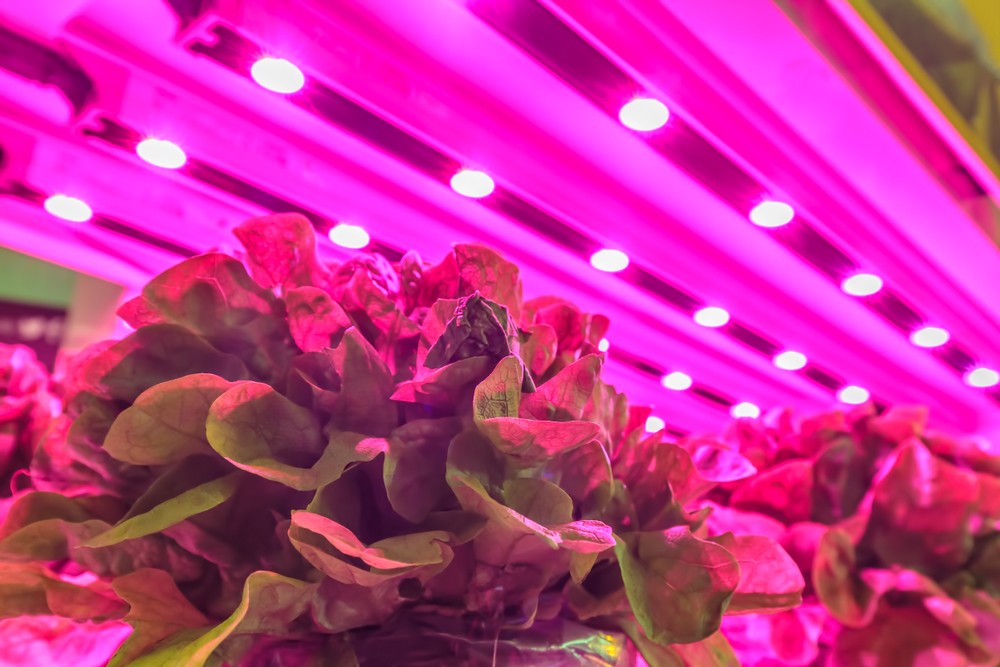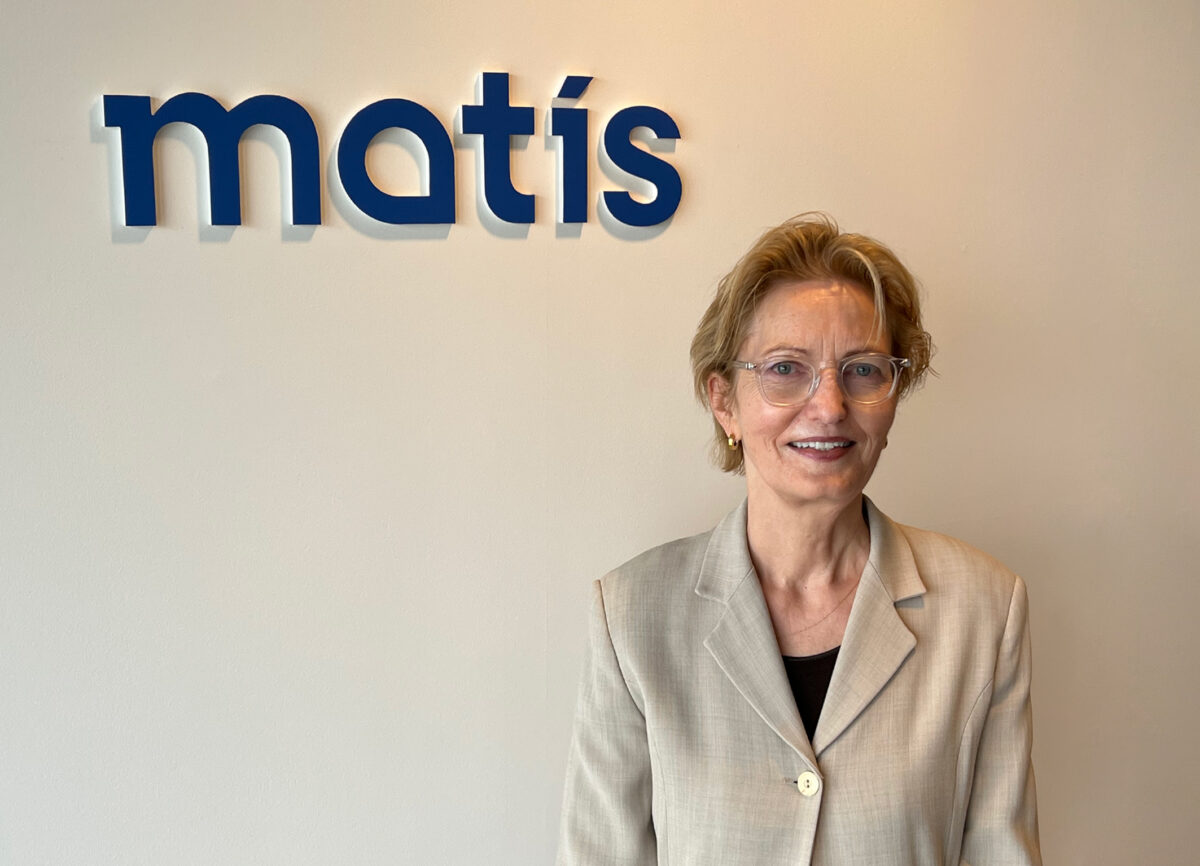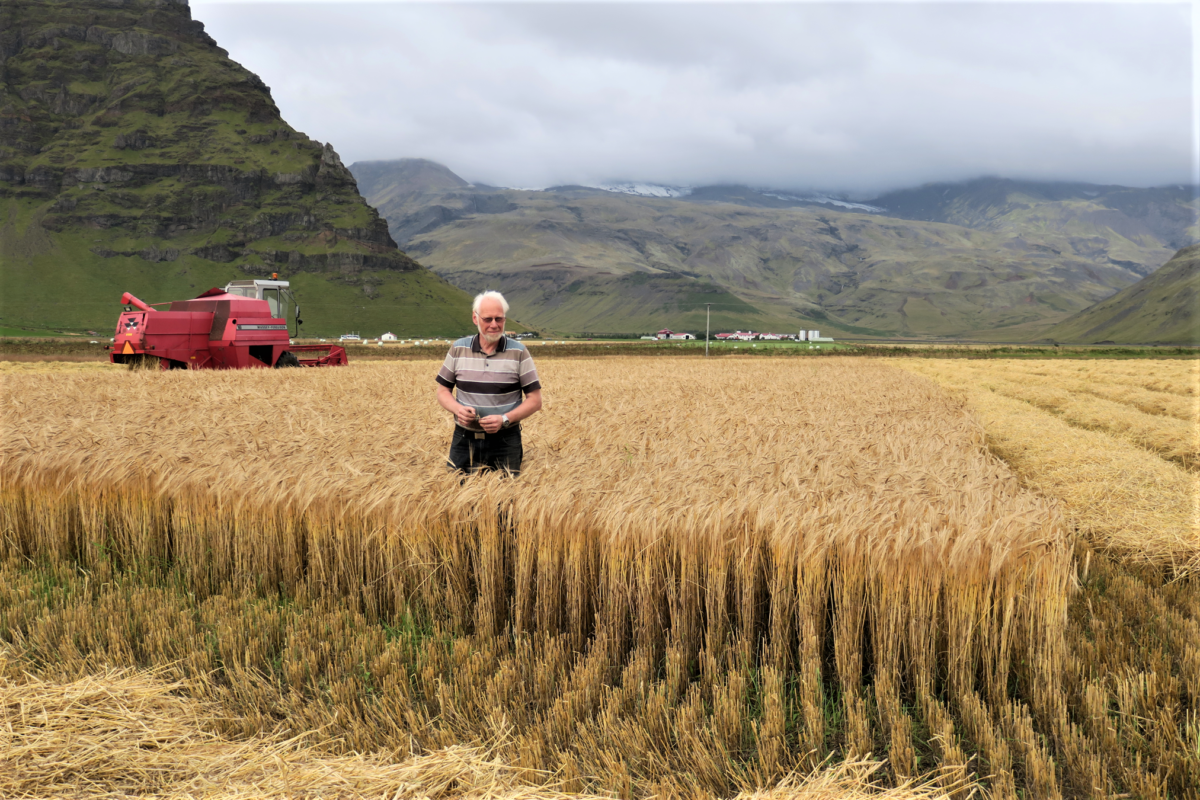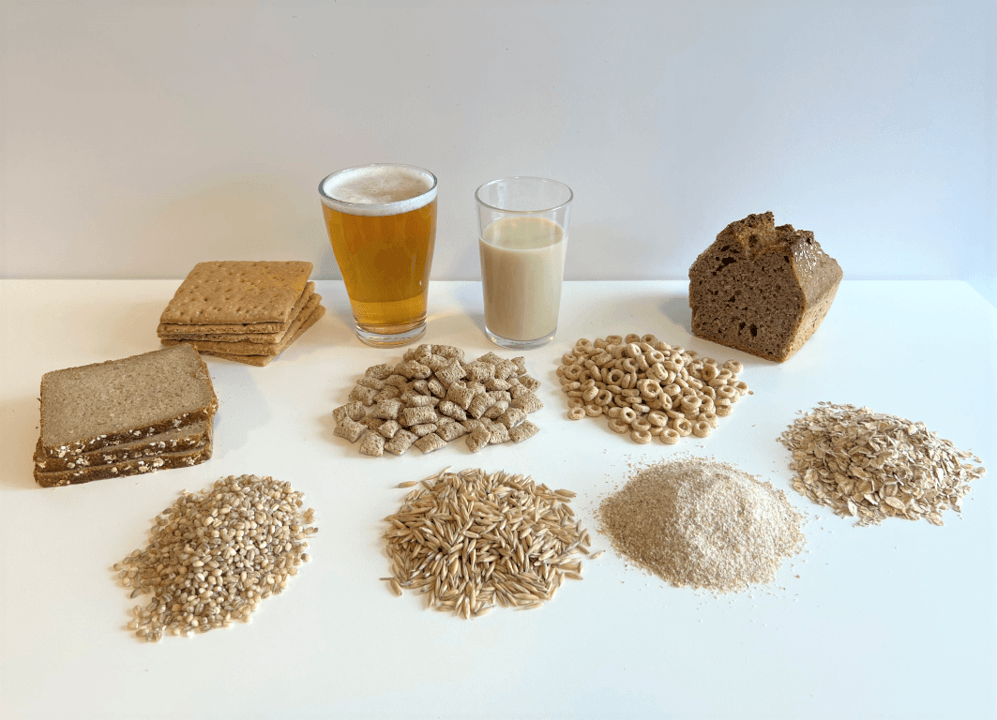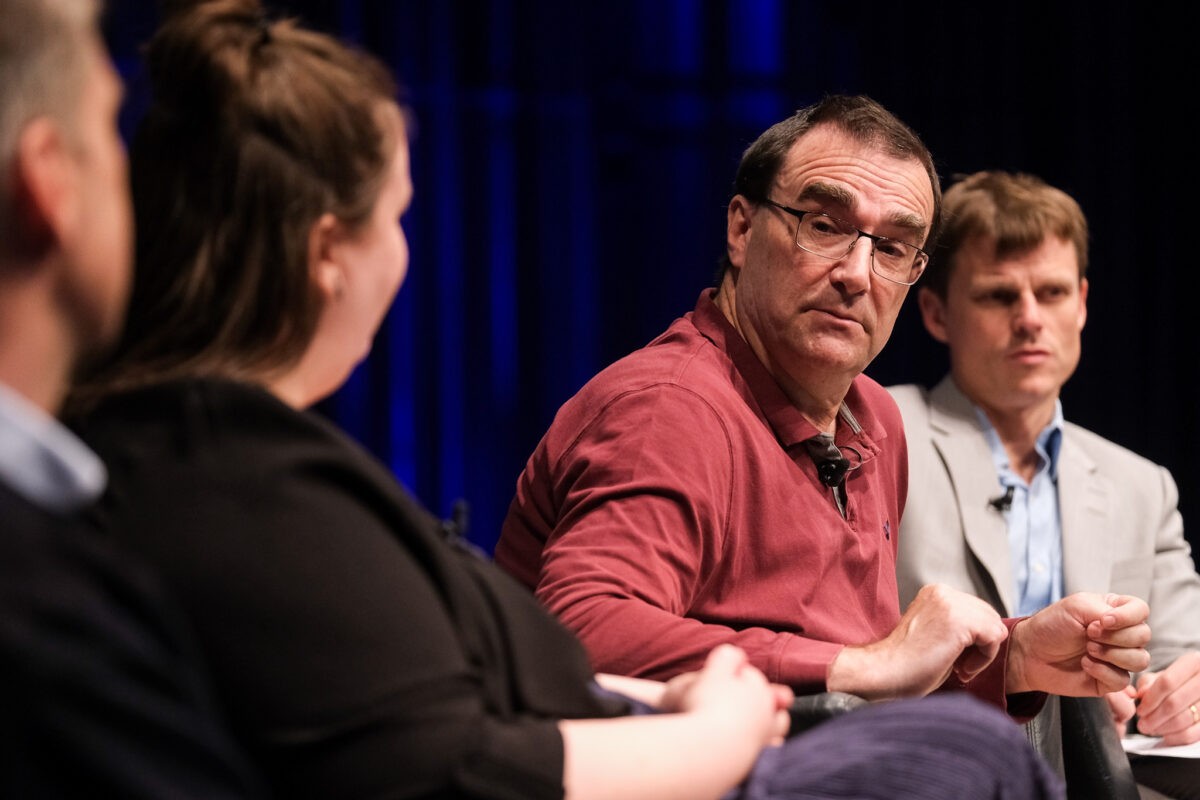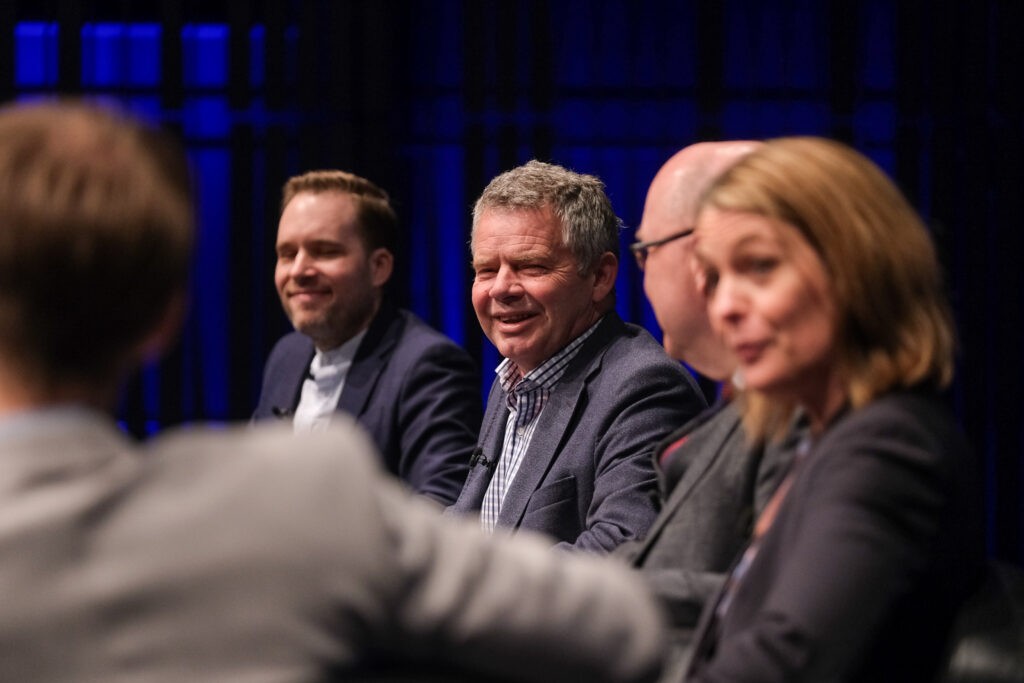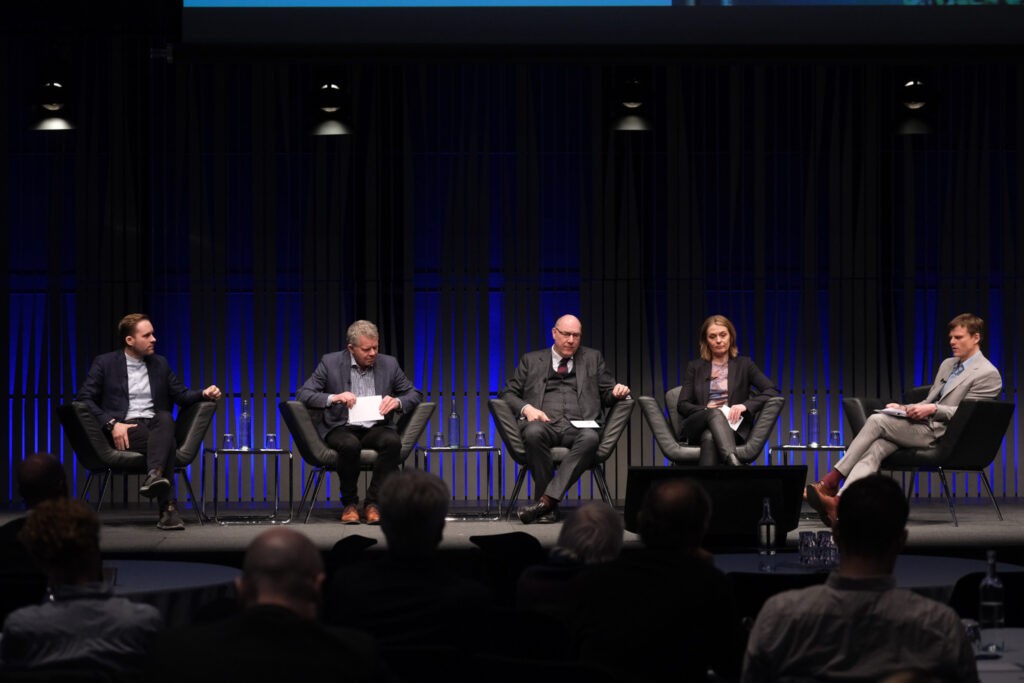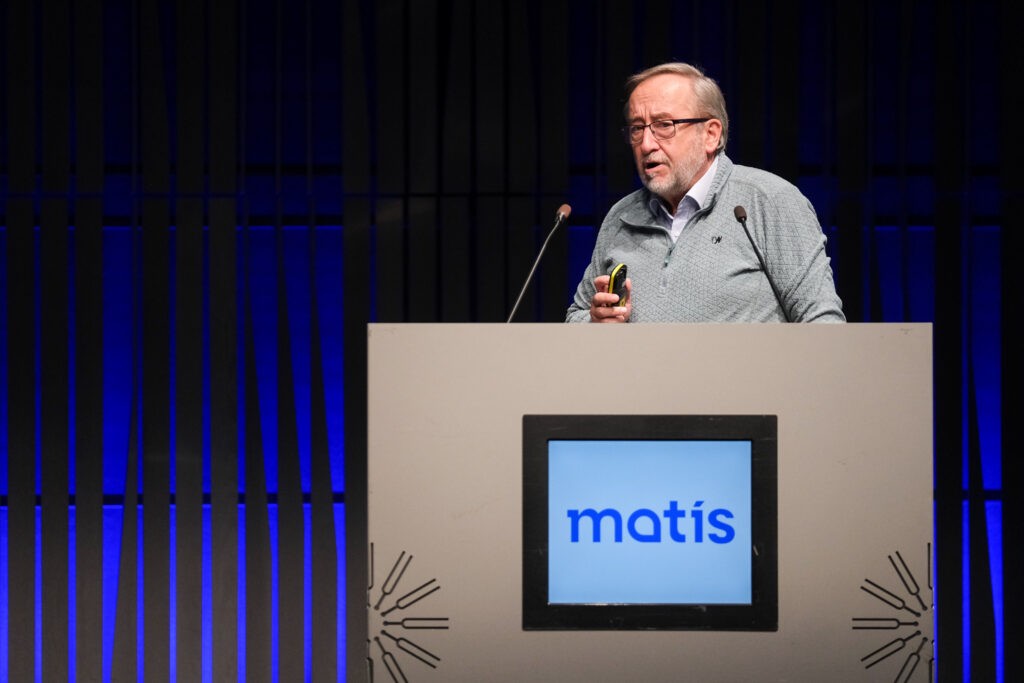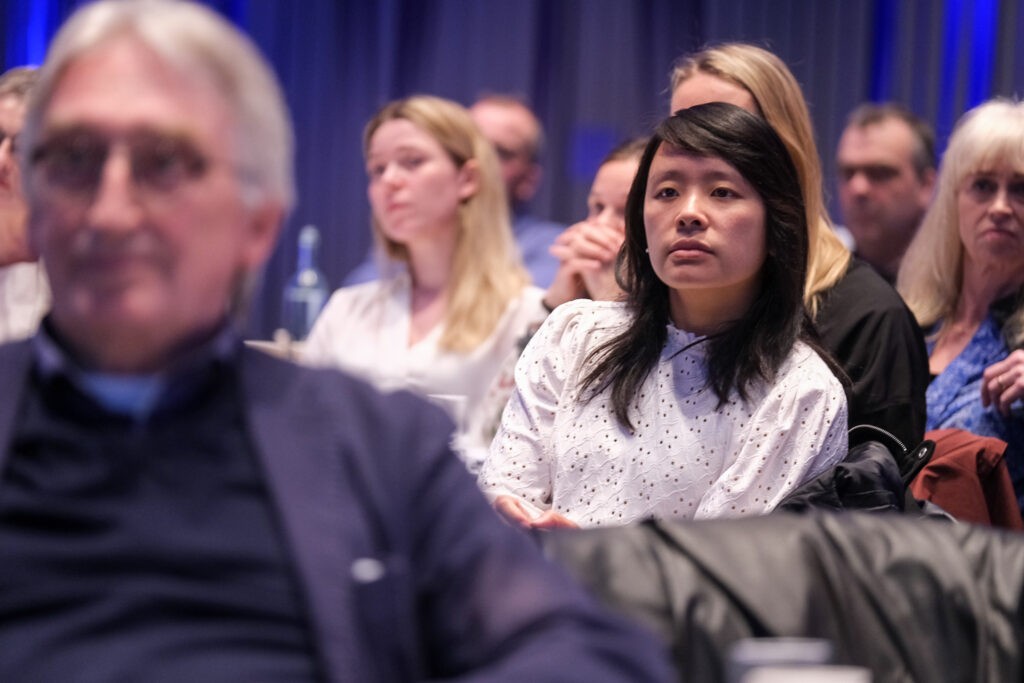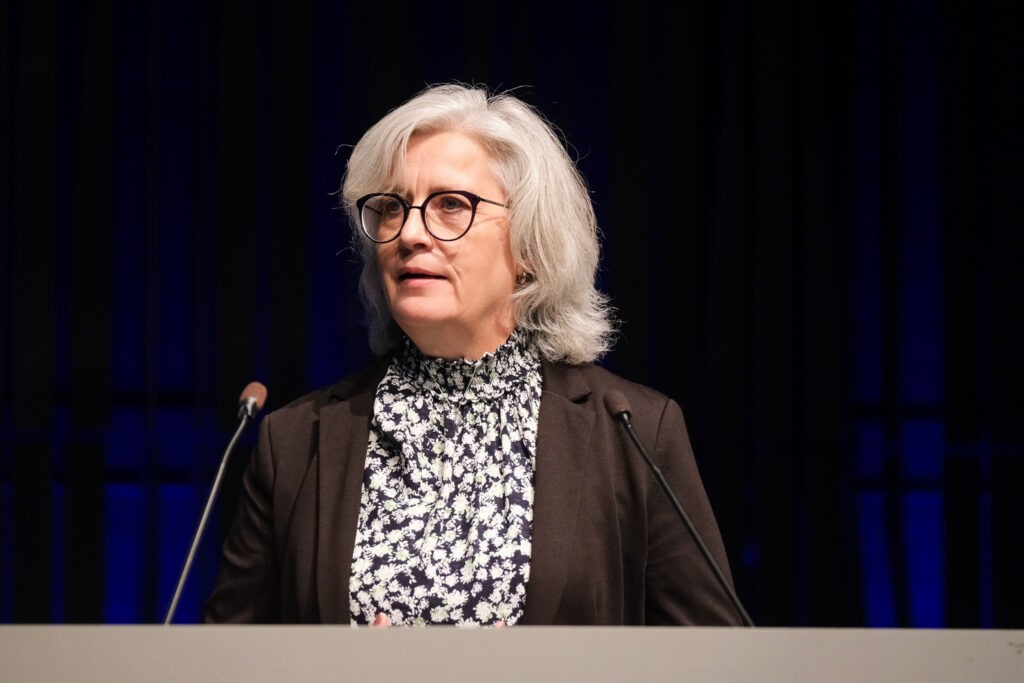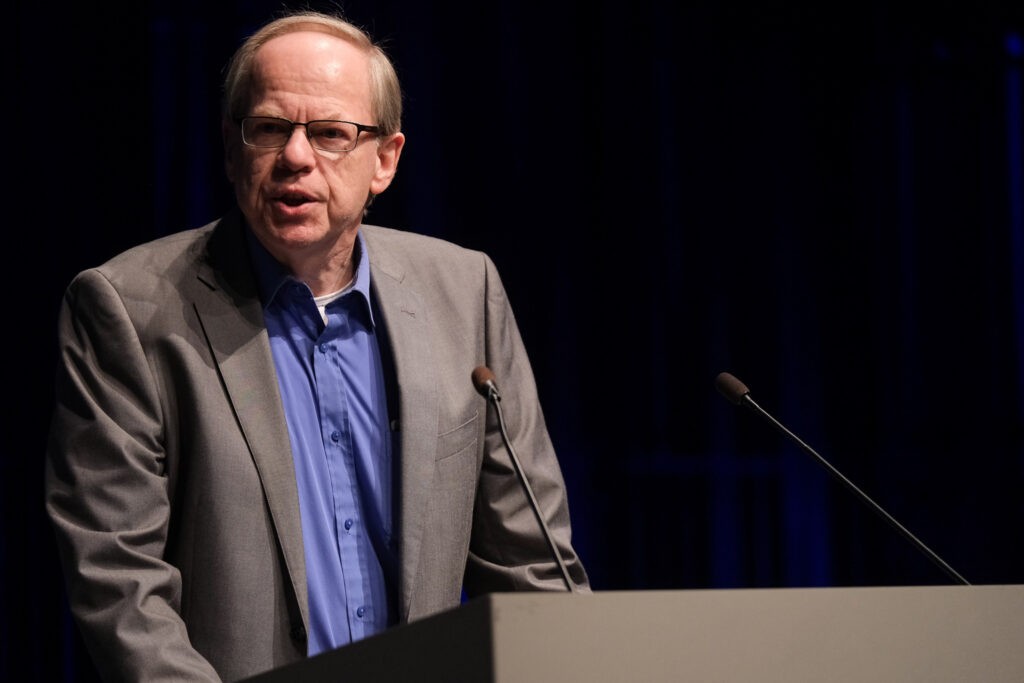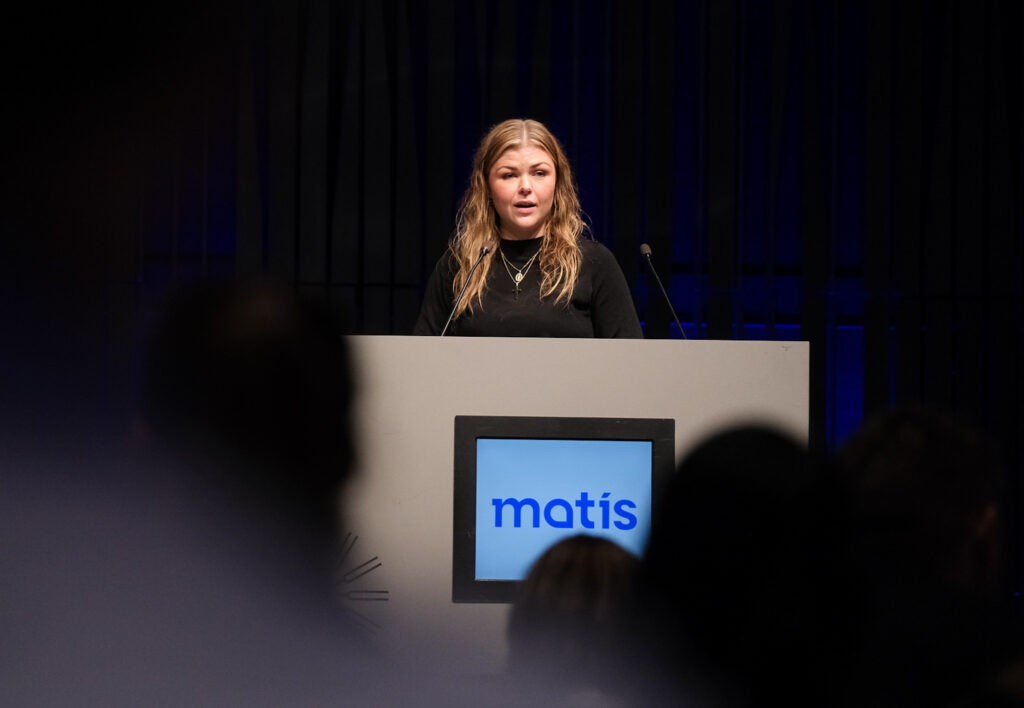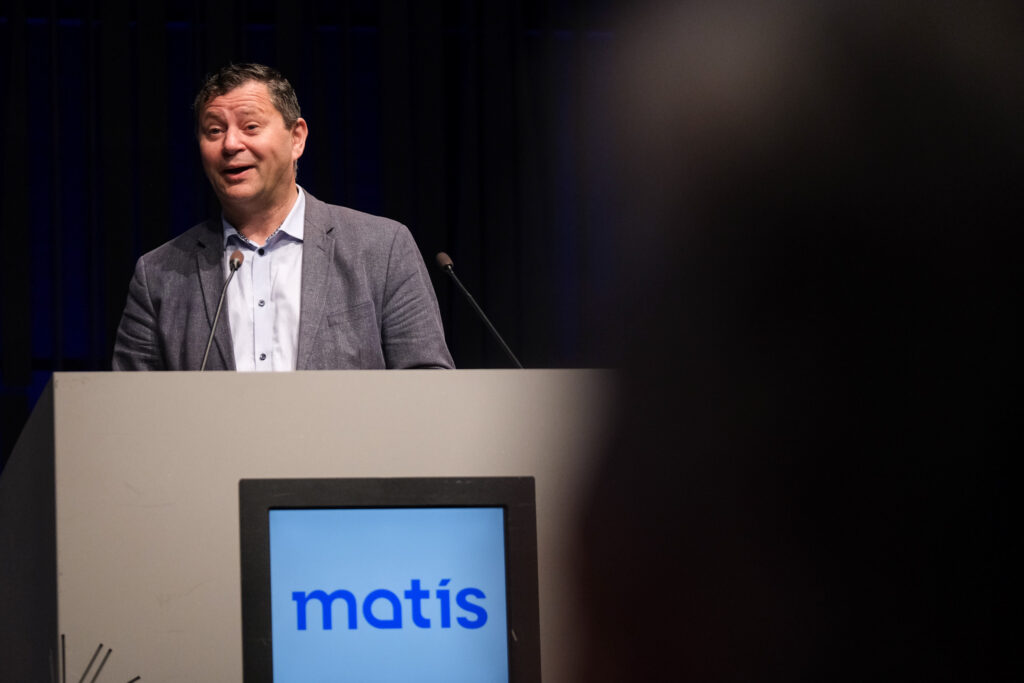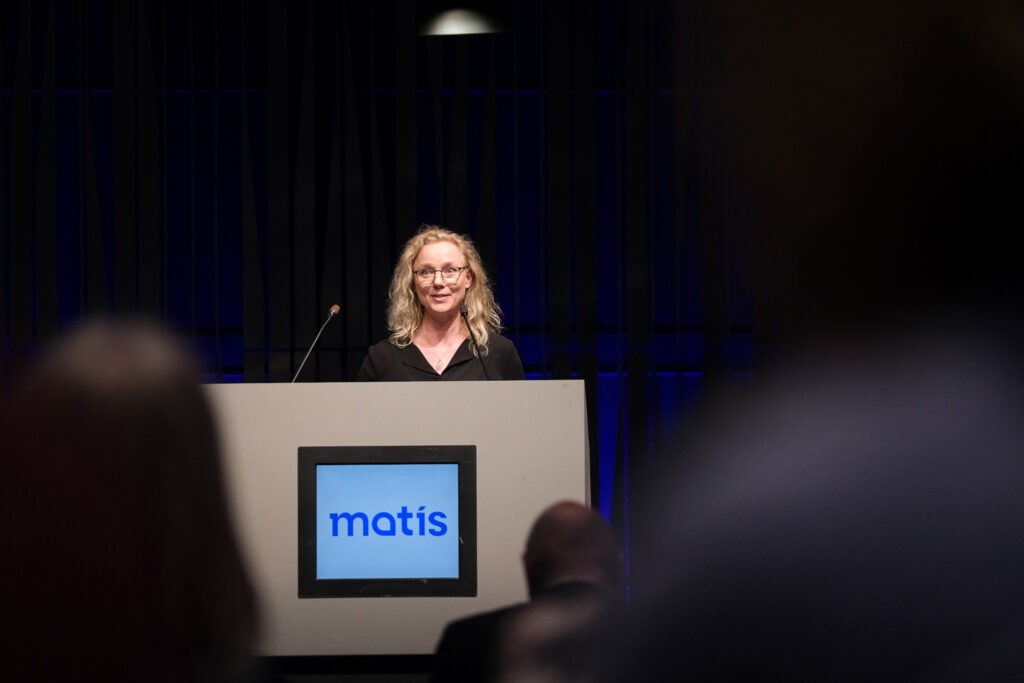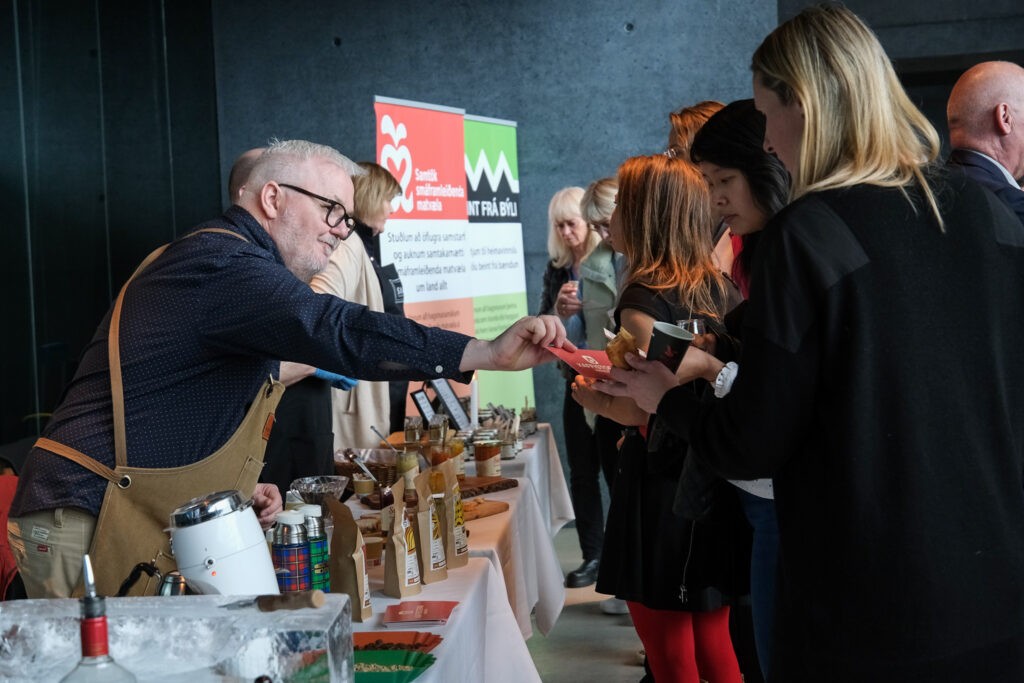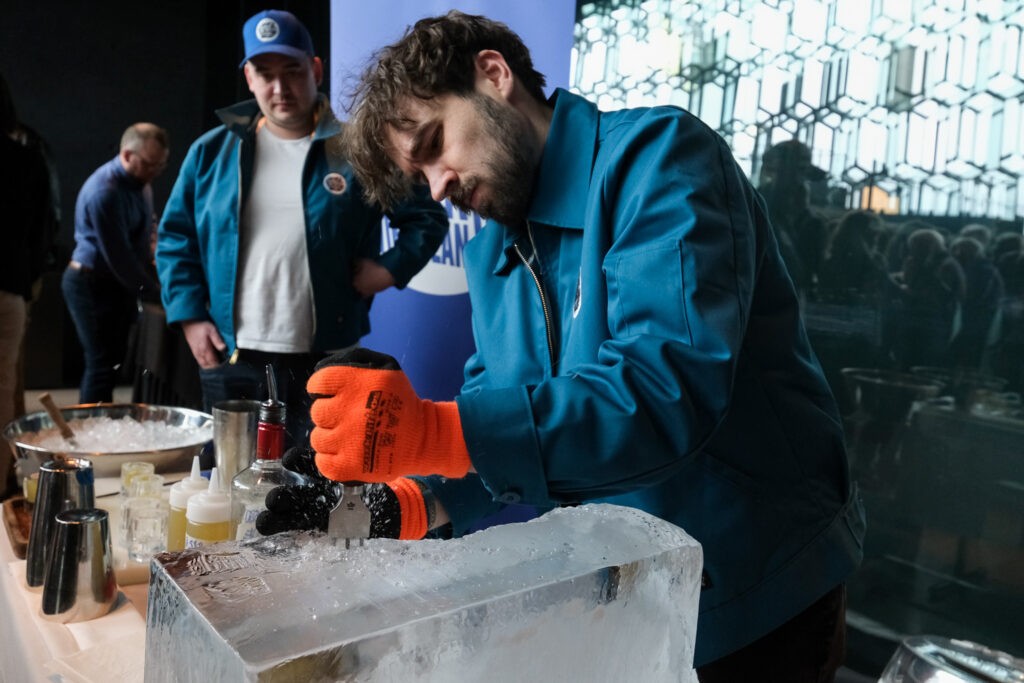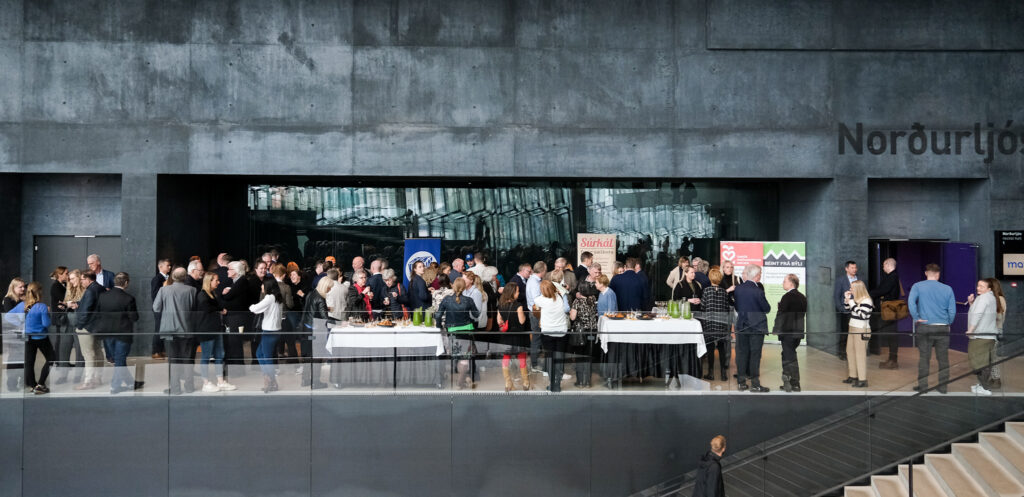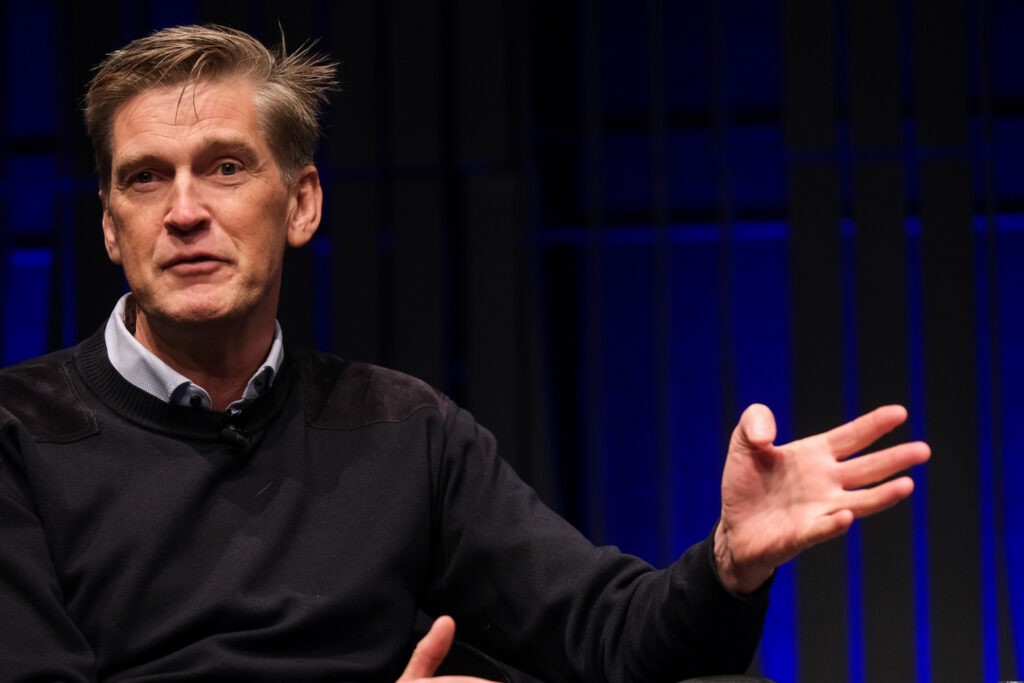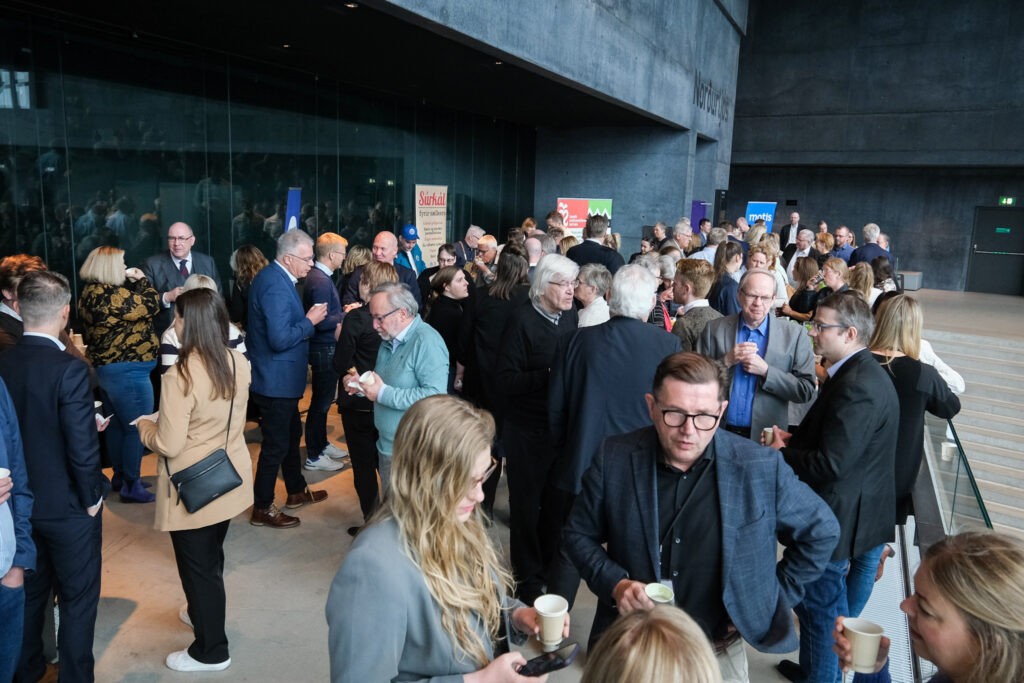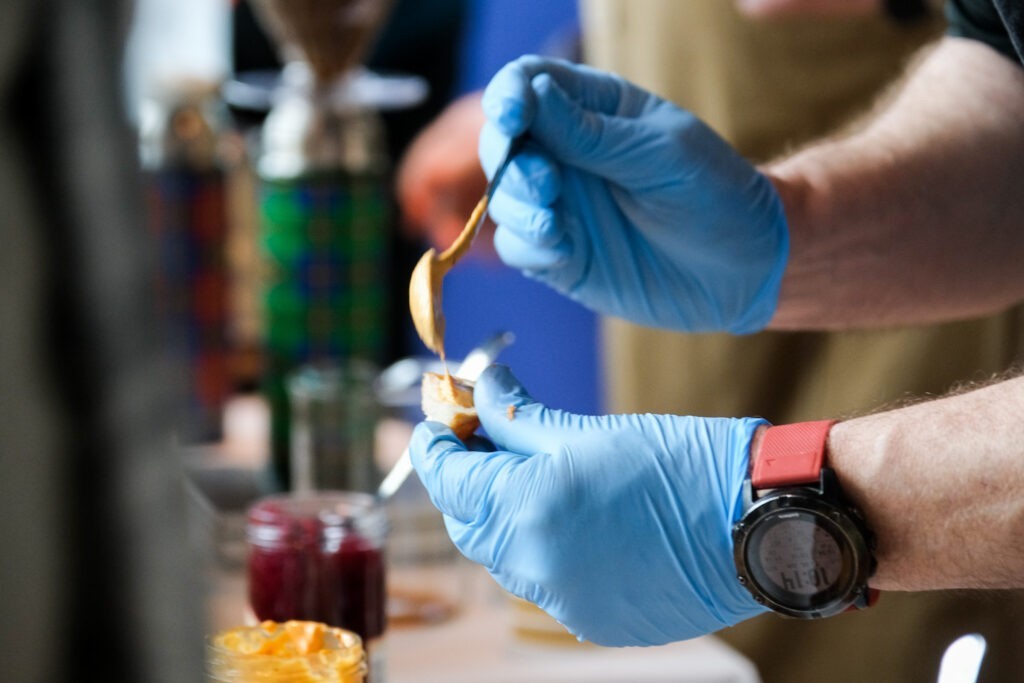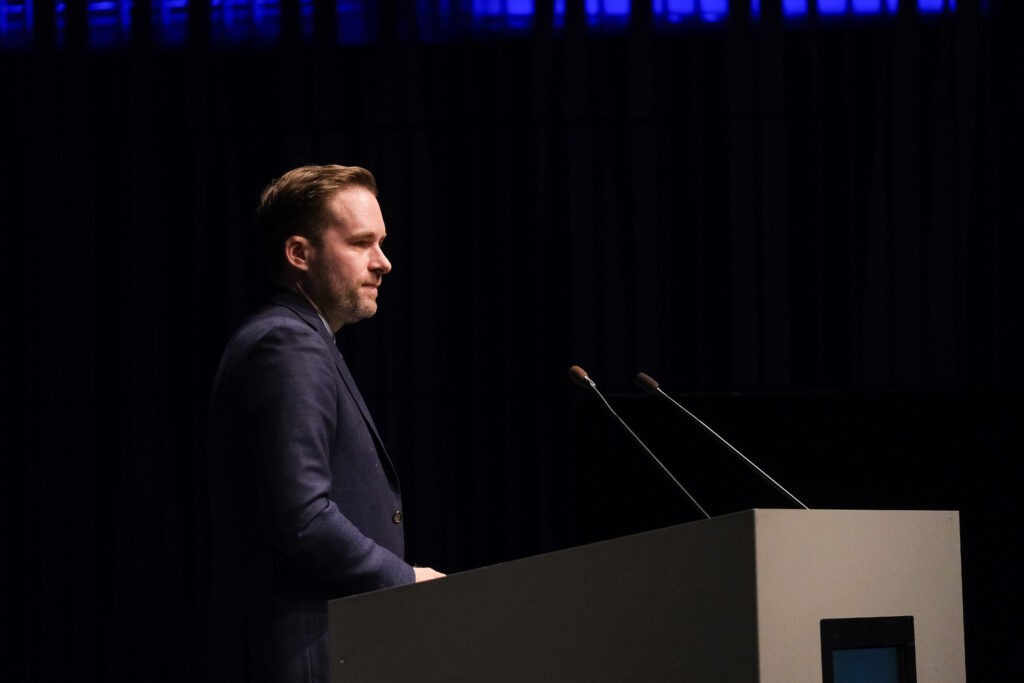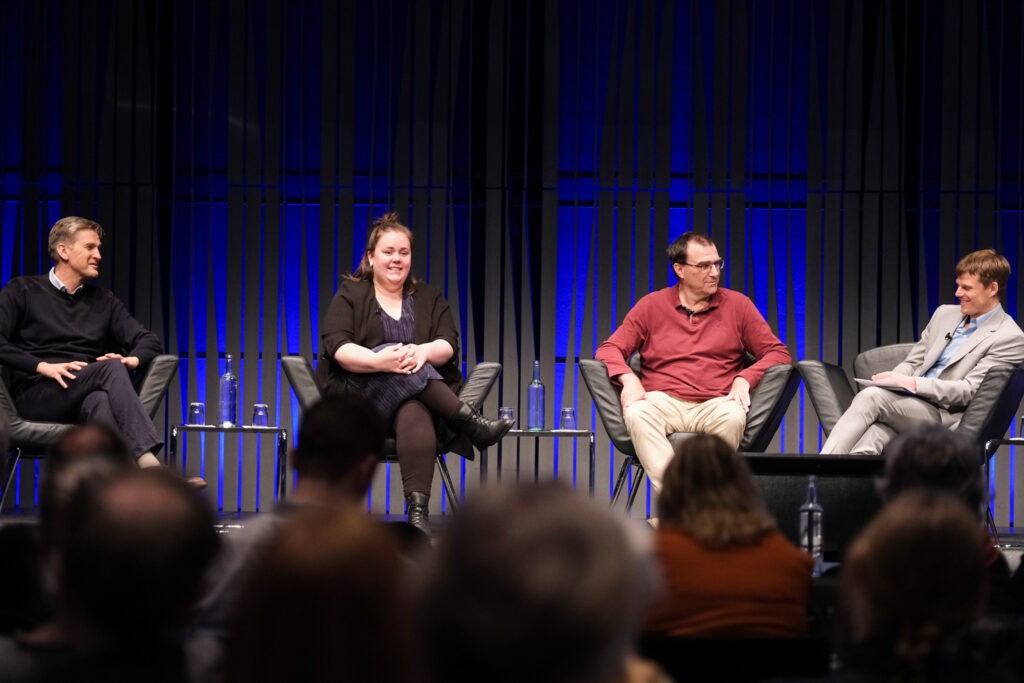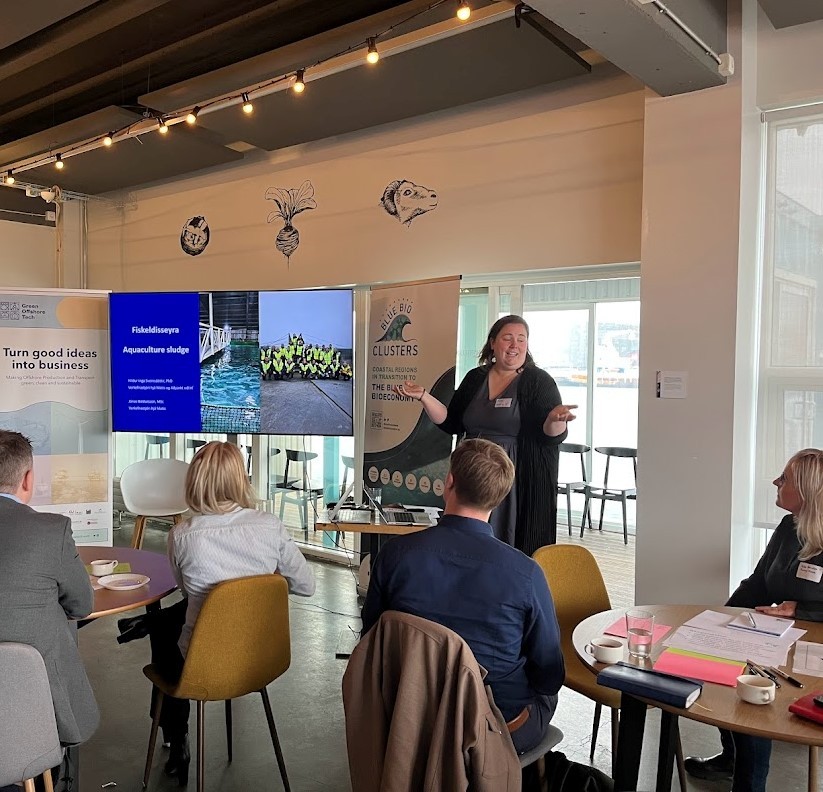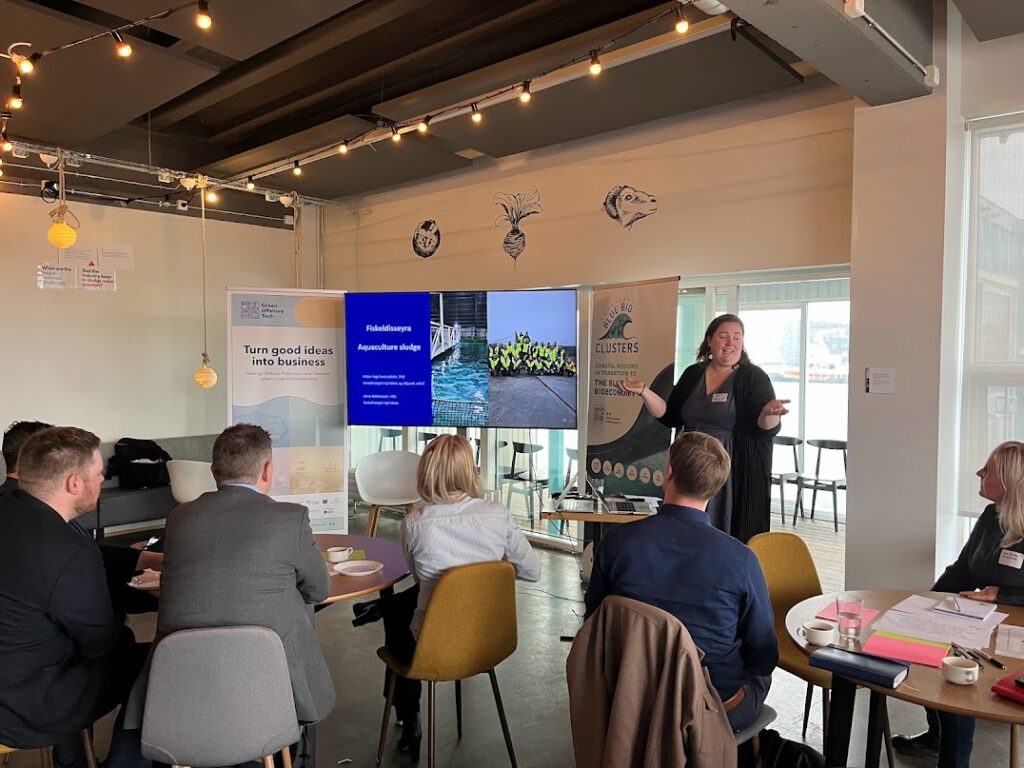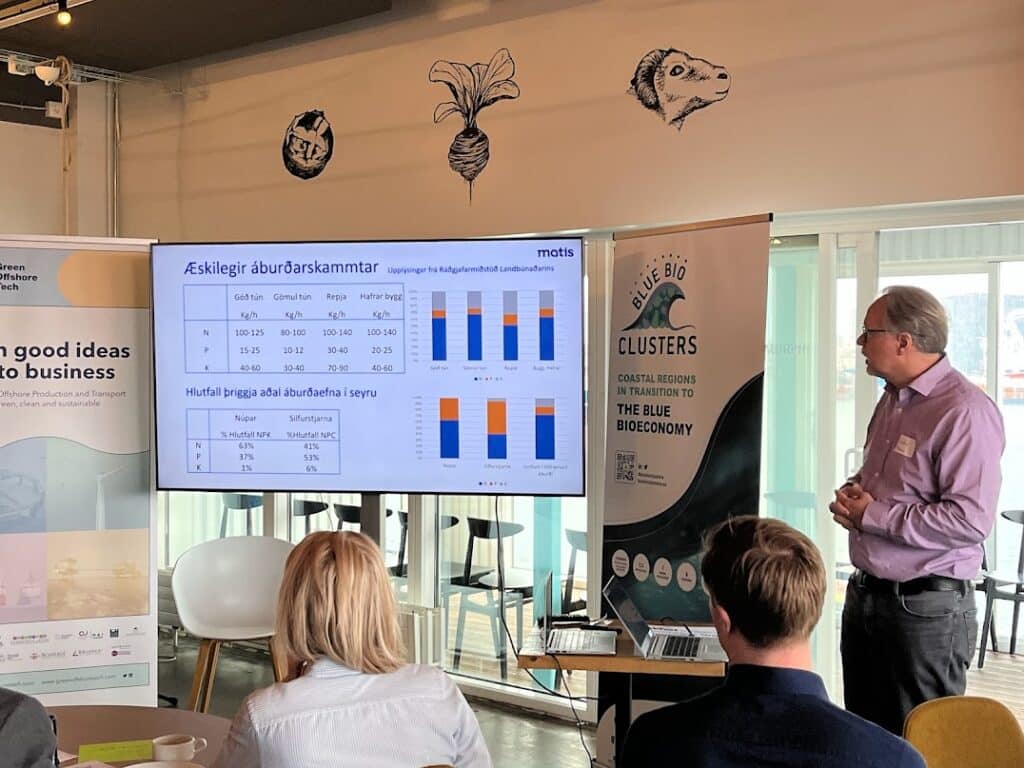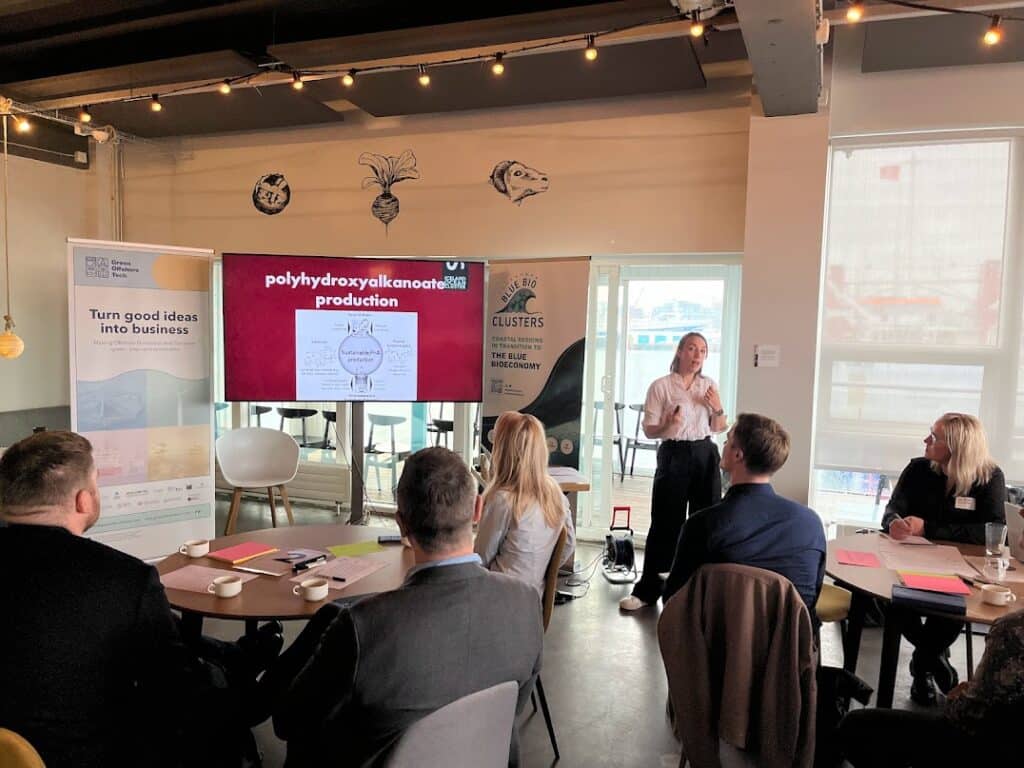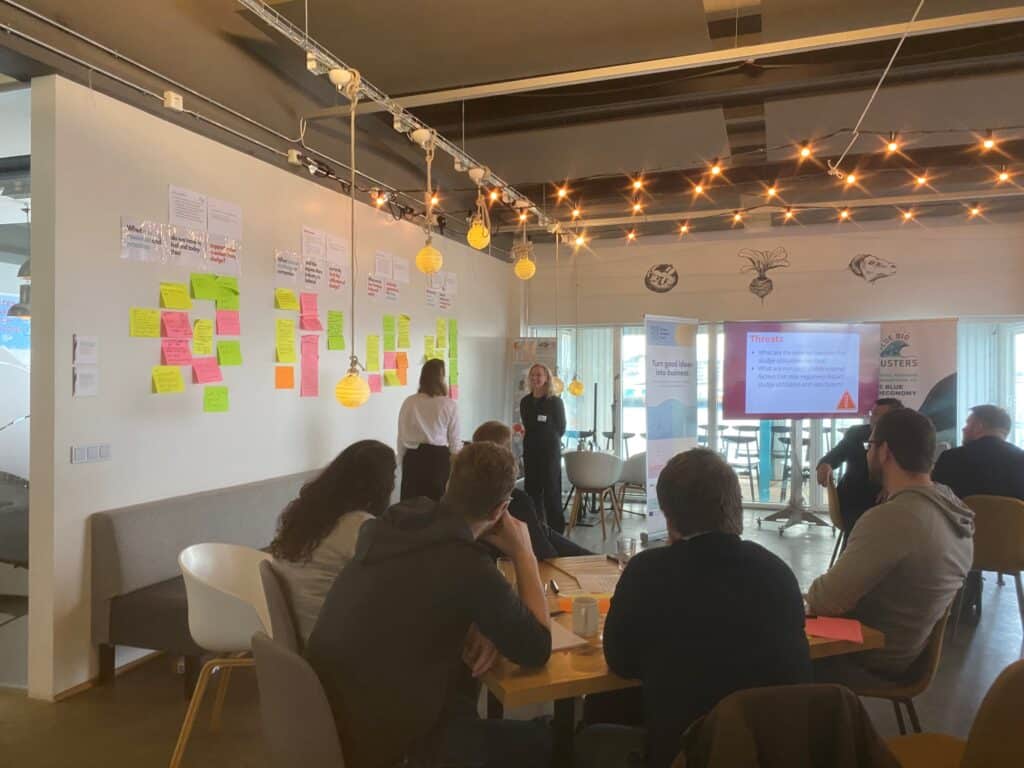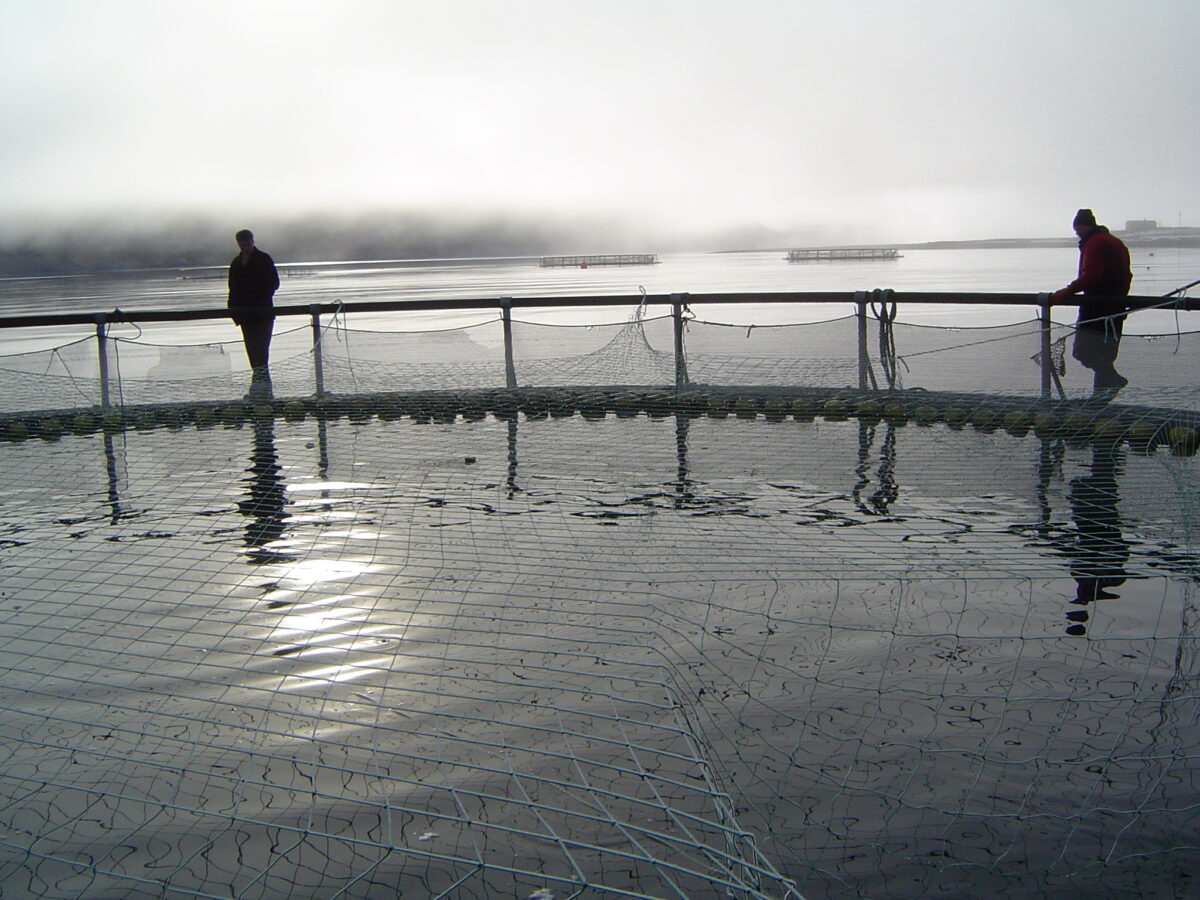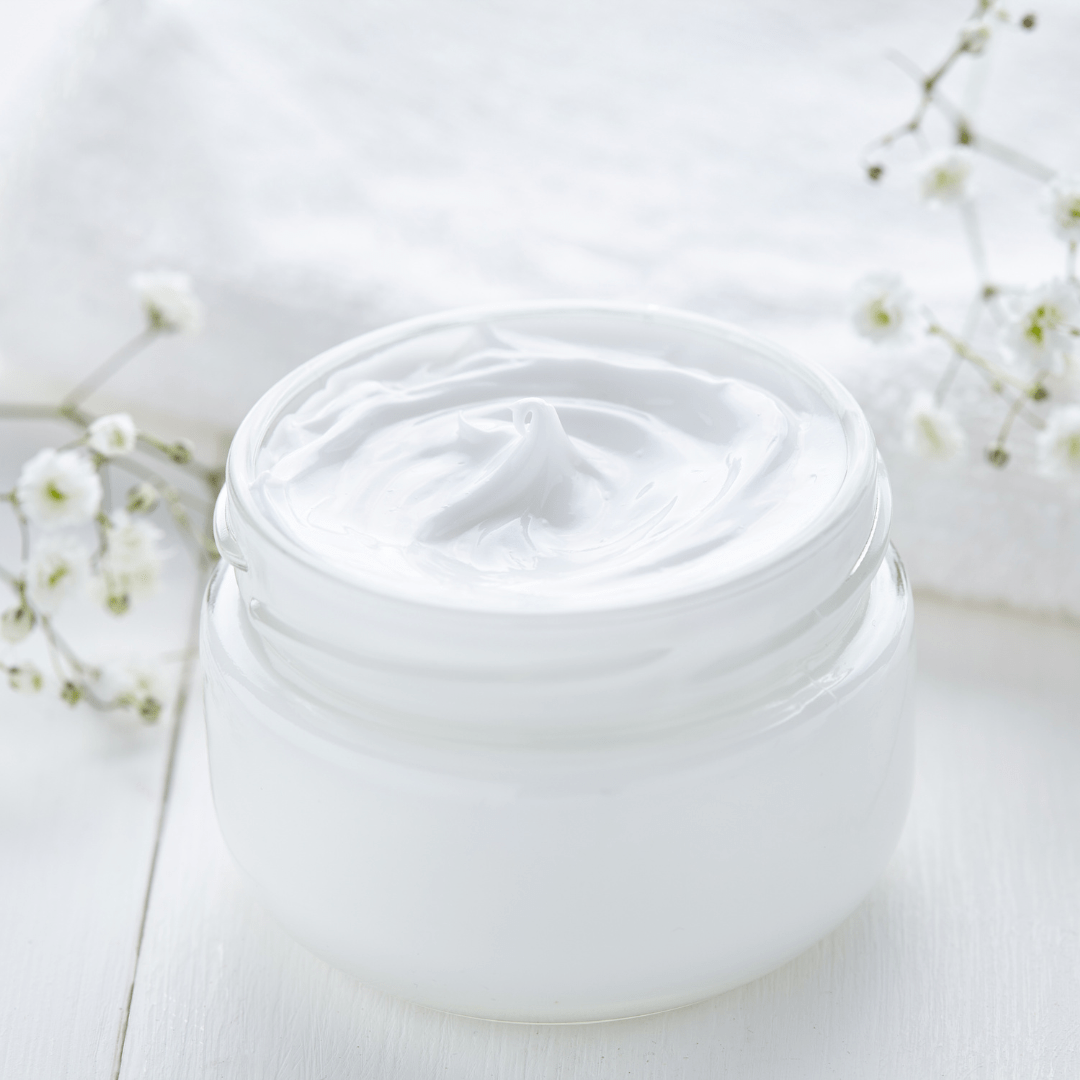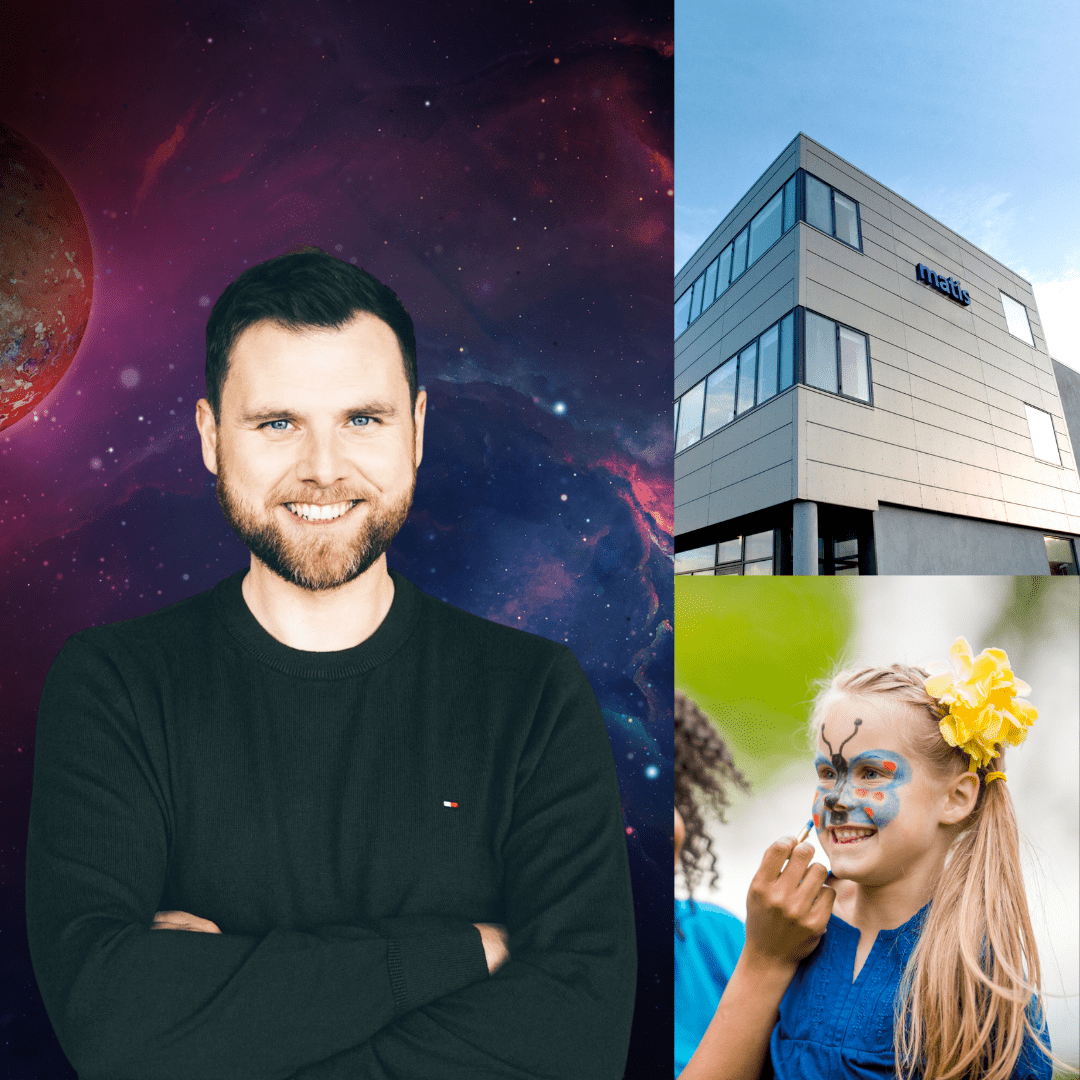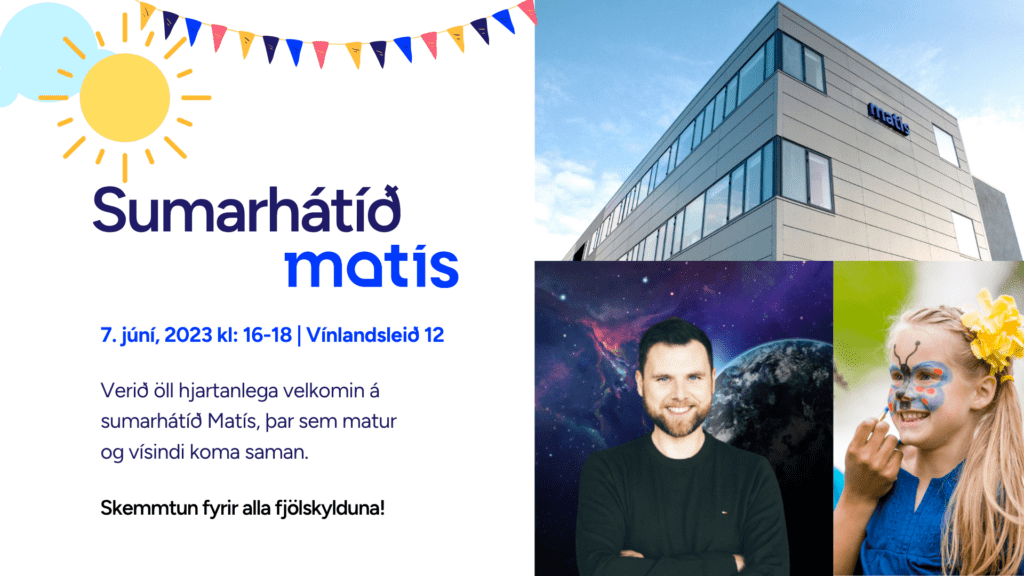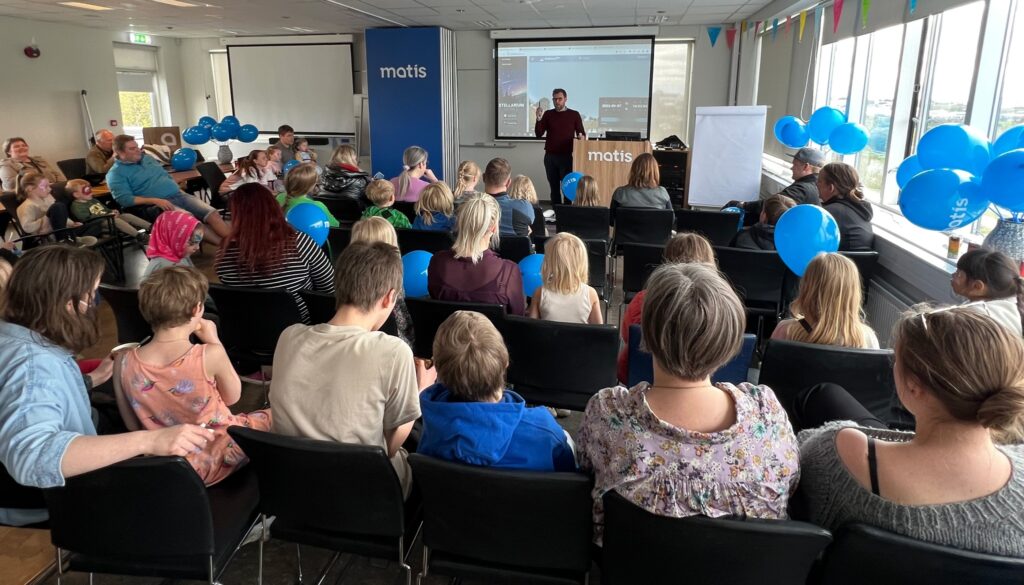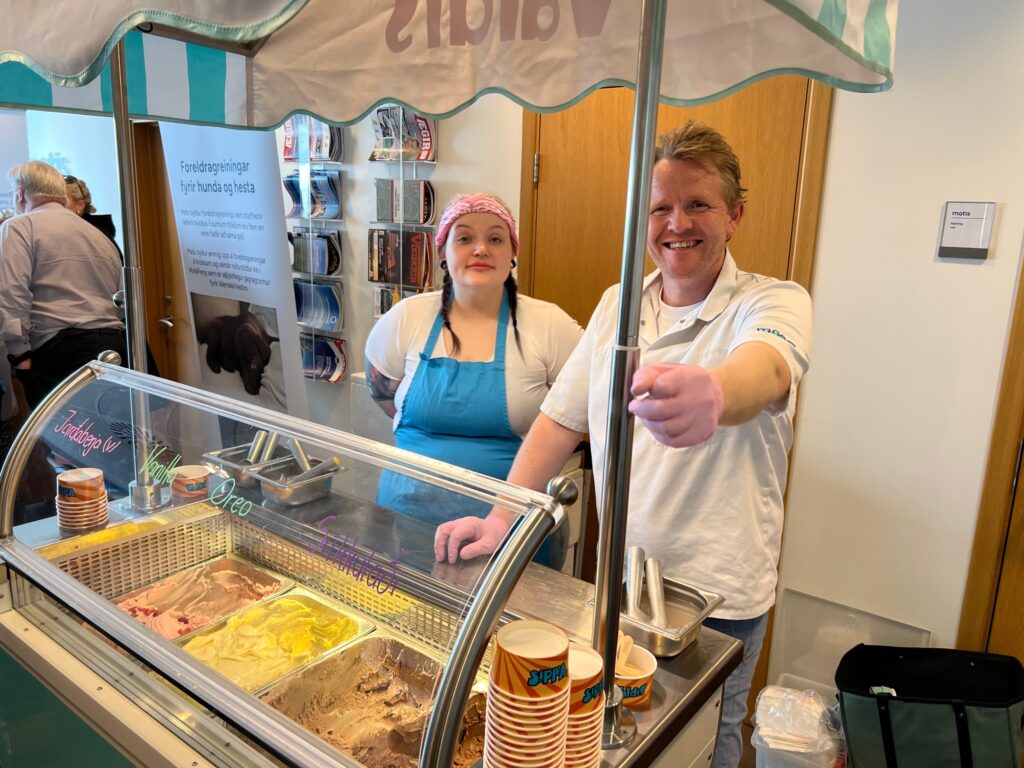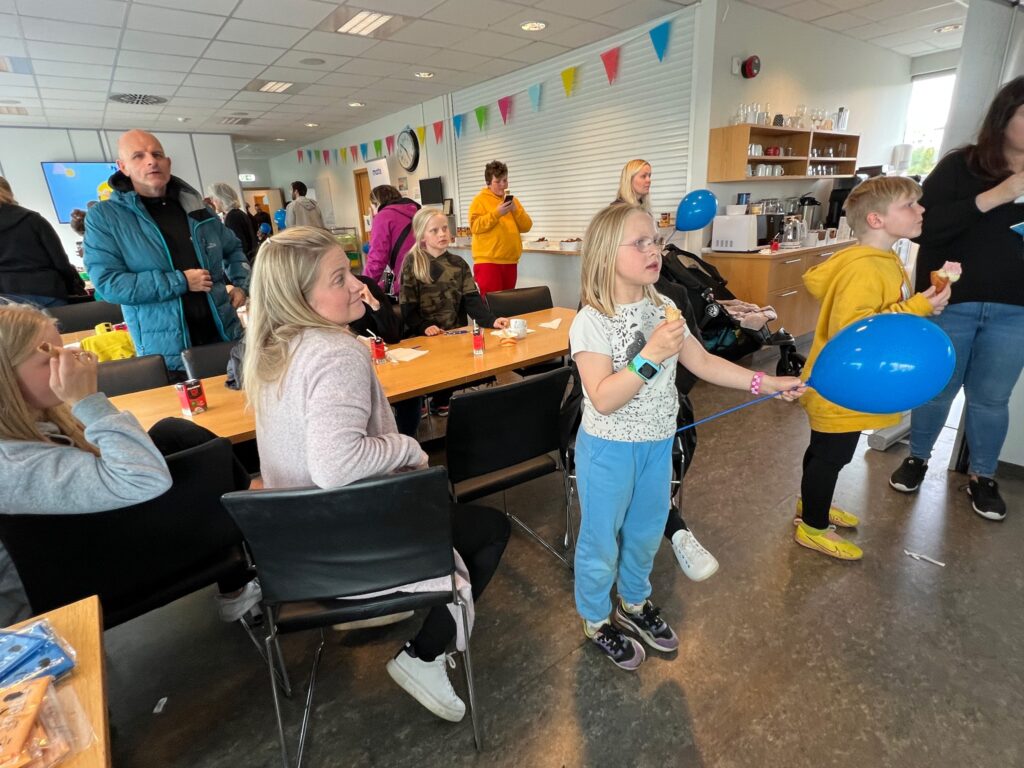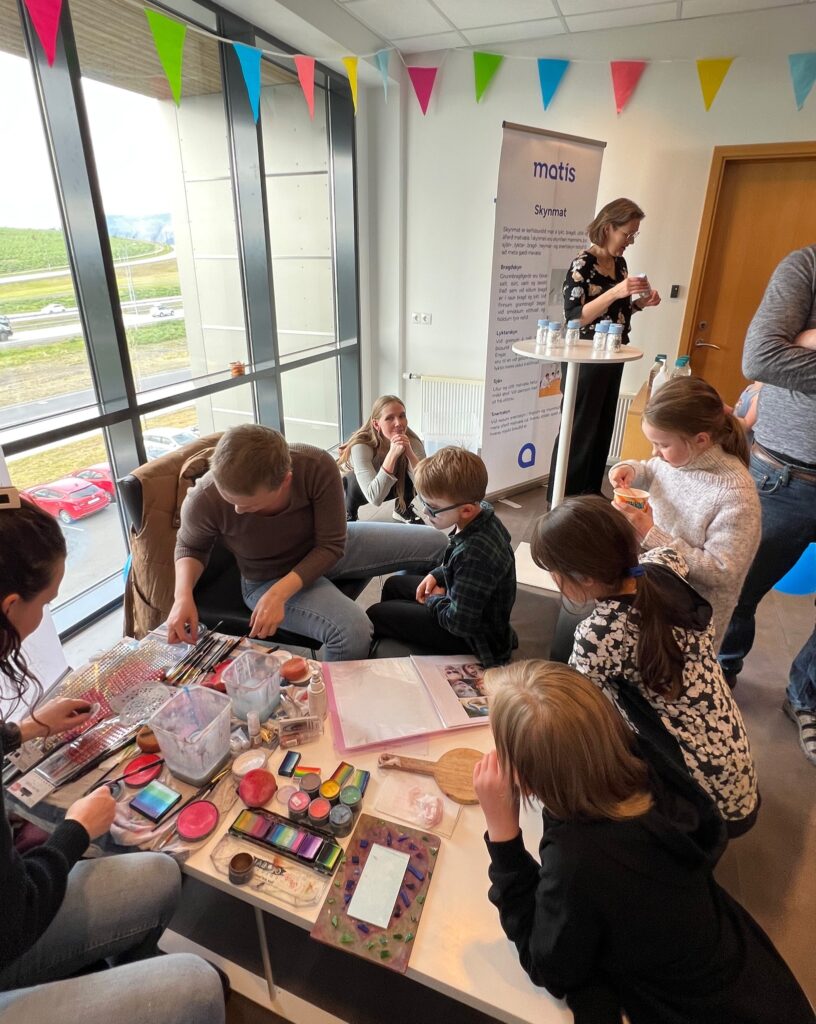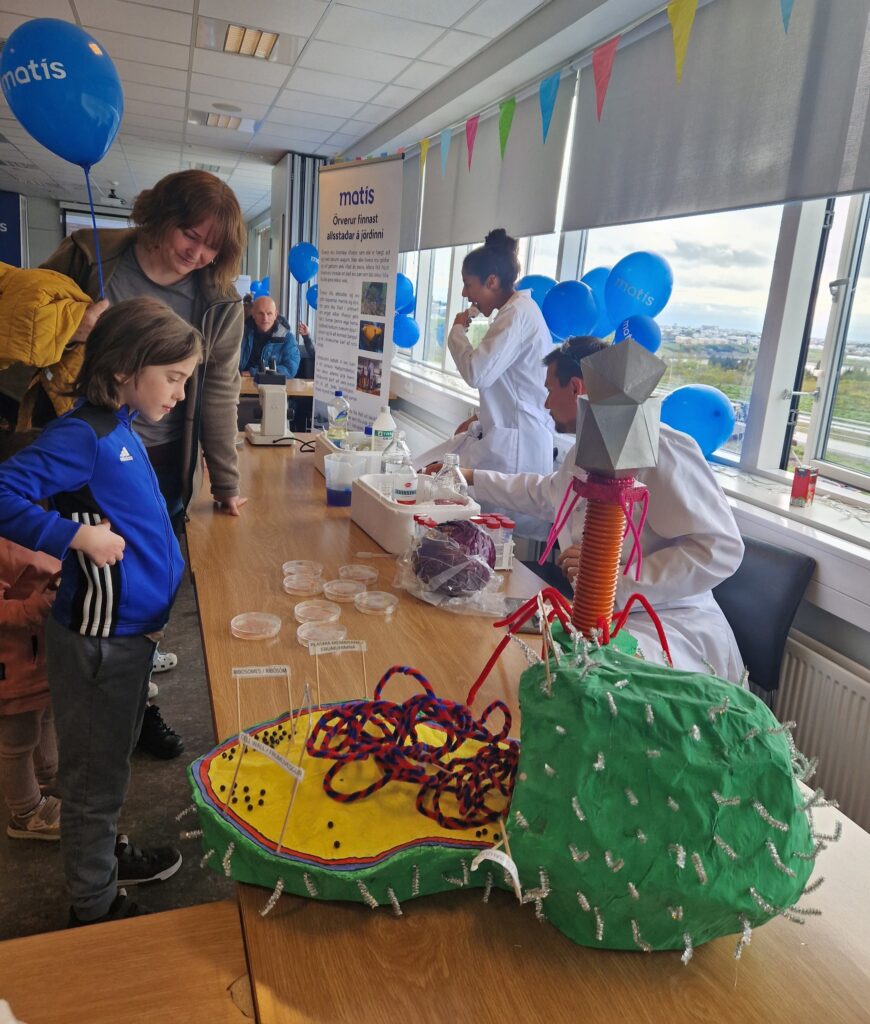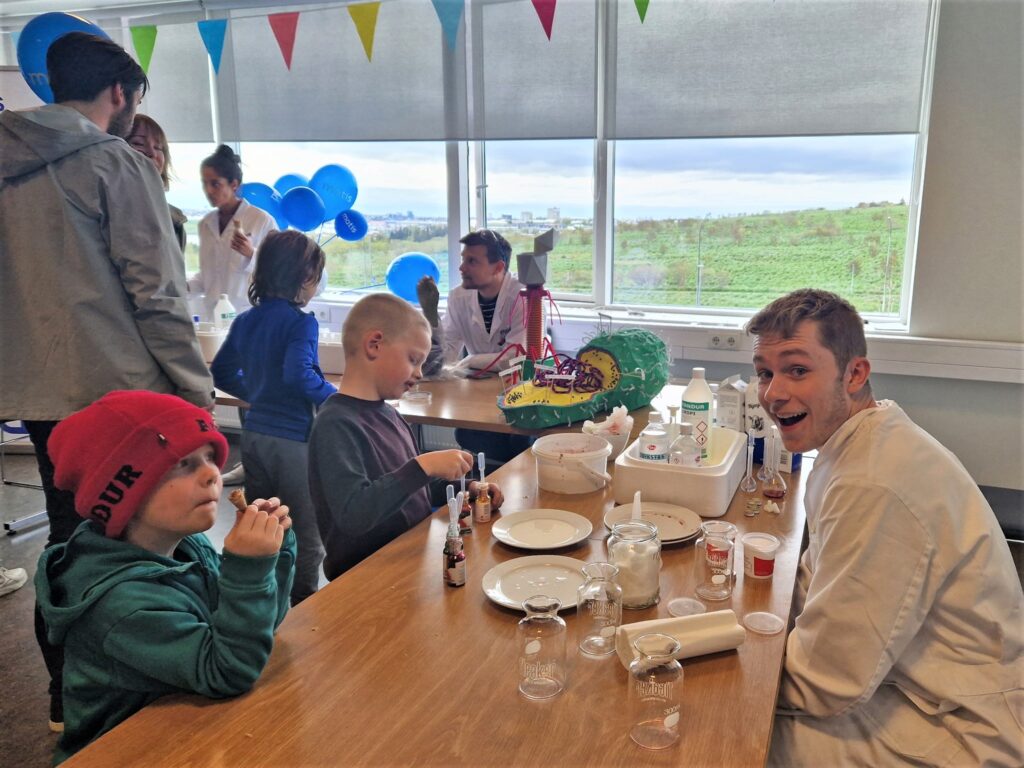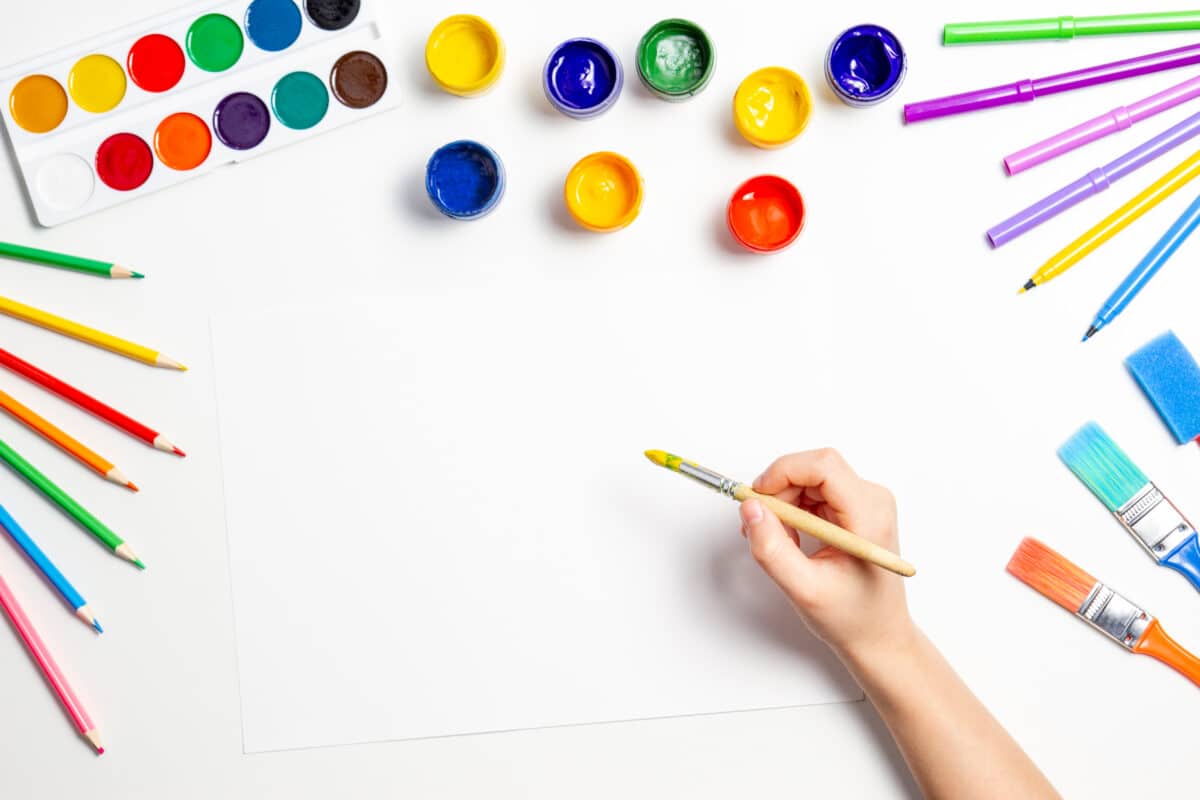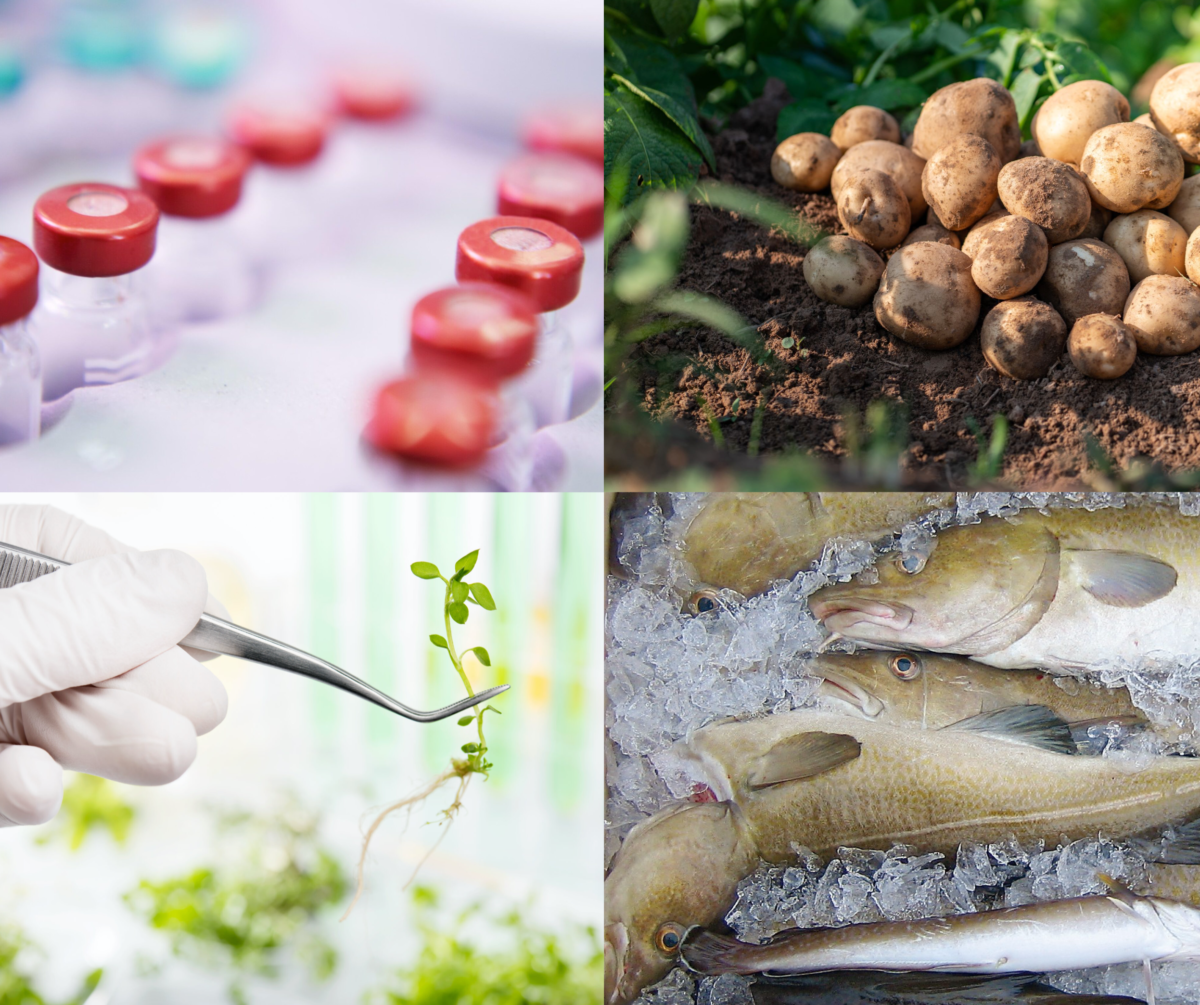"We need to realize that we are facing big challenges," says Jónas Viðarsson in an interview on Rásar 2's Morgunútvarp and mentions the growing protein shortage in the world in that context. "This relates to both food safety and food safety, i.e. that we both have enough and wholesome food for us into the future. This is a big challenge for the world as a whole and part of what we at Matís are working on every day."
He points out that there are many projects underway in Iceland aimed at creating more food. "We in Iceland can teach the world a lot in relation to full utilization, especially of fish," says Jónas, but adds that Icelandic consumers have a rather large carbon footprint compared to other nations.
Jónas points out that Matís is at the forefront of research and development of alternative proteins in Europe. "It is one of the things that we see will be part of the solutions, ie to come in with a new source of protein." In that context, he mentions research on microalgae, kelp, bacteria or protozoa, and then insects.
The interview can be accessed in its entirety here (starts at minute 33:50).

